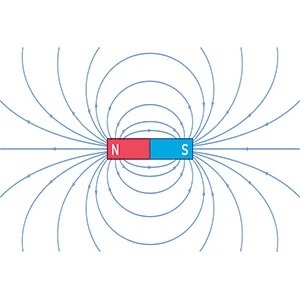What is a Magnetic Field?

Magnetic fields are created by moving electric charges. This means that any object with an electric charge can create a magnetic field. However, the strength of the it depends on the speed and direction of the movement of the electric charges.
The strength of a magnetic field is measured in units called Tesla (T) or Gauss (G). One tesla is equivalent to 10,000 Gauss. Magnetic fields can range from very weak, such as the Earth's magnetic field, which is about 0.00005 T, to extremely strong, such as the magnetic field inside a magnetic resonance imaging (MRI) machine, which can be up to 3 T.
Magnetic fields have many practical applications in everyday life. They are used in MRI machines to create images of the body's internal organs, in electric motors to produce motion, in generators to produce electricity, in credit card readers to read information stored on a magnetic strip, and in many other devices.
In addition to their practical applications, magnetic fields also play a crucial role in the behavior of many objects in the universe. For example, the magnetic field of the Sun is responsible for the solar wind, a stream of charged particles that flows out from the Sun and affects the Earth's atmosphere and magnetic field.
In conclusion, a magnetic field is a force that can attract or repel magnetic materials and is created by the movement of electric charges. They are measured in units of Tesla or Gauss and have many practical applications in everyday life as well as in the behavior of objects in the universe.
